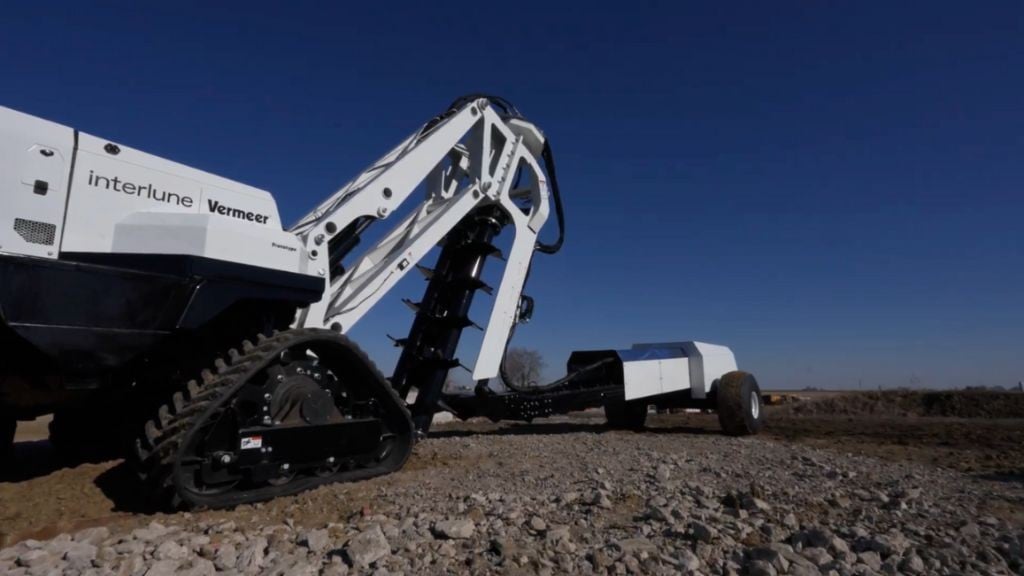Watch the industry's first autonomous electric dozer in action
Built to tackle tough job without an operator, the ML6 Moonlander combines battery power and AI to reduce costs and emissions
San Francisco startup Lumina, founded by Ahmed Shubber and Federico Di Palma, has introduced what it says is the industry's first autonomous electric dozer designed for heavy-duty construction. Designed to operate entirely without a driver, the 32-ton, battery-powered ML6 Moonlander dozer combines 750 horsepower of peak output with a 414 kWh battery and full AI-driven autonomy.
Tackling one of construction's toughest electrification challenges
This marks one of the first serious attempts to bring electric automation to one of the construction industry's most power-hungry machines. The dozer plays a critical role on job sites — from grading to site prep — but its high torque and constant load demands have made full electrification difficult without sacrificing performance.
Dozers have traditionally relied on diesel engines for consistent pushing power, and most efforts to electrify them have resulted in reduced capabilities or hybrid models. Lumina is focused on developing a zero-emission, battery-powered machine that delivers equivalent strength and integrates autonomous controls from the ground up.
Key features of the ML6 MoonLander electric dozer
The ML6 MoonLander dozer eliminates emissions, cuts fuel costs, and reduces on-site risk. Its core features include:
-
414 kWh battery system
-
750 horsepower peak output
-
Modular 32-ton platform
-
Zero tailpipe emissions
-
Autonomous navigation and control
Autonomous electric dozers: a growing market
The market for autonomous electric dozers is gaining momentum as the construction industry faces increasing pressure to cut emissions, improve safety, and manage persistent labour shortages. Stricter environmental regulations and carbon reduction targets are pushing contractors to seek alternatives to diesel-powered equipment, while ongoing workforce challenges are accelerating the need for machines that can operate with minimal human oversight.
Electric dozers with autonomous capabilities offer a response to these demands. They not only reduce greenhouse gas emissions but also improve job site efficiency by running longer hours without risk to human operators.
As more contractors and equipment fleets explore ways to future-proof their operations, demand for autonomous electric dozers is expected to accelerate.
Backed by $8.1 million in funding
Founded by Ahmed Shubber and Federico Di Palma, Lumina secured over $8.1 million in seed funding to bring this machine to market. Despite no traditional background in construction or robotics, Shubber's vision resonated with investors who see autonomy and electrification as the next major shift in job site technology.
"Lumina has what it takes to lead a generational shift in industrial technology: incredible hardware, cheaper operating costs, and a team built for execution," said Jeff Clavier, founding partner at Uncork Capital, which participated in the $8.1 million seed round. "The electrification of consumer transport was just the first wave, and an overhaul of the construction industry is next."
What's next for Lumina
With the first ML6 prototype complete, Lumina plans to expand its fleet and refine its autonomous systems for a broader range of job site tasks. The company sees this as the beginning of a transition toward smarter heavy equipment across the industry, and has already started their next project: a 100-ton electric excavator called Blade Runner.
The prototype was recently demonstrated in San Francisco, giving industry professionals a firsthand look at how a battery-electric dozer can operate fully autonomously on a job site. Additional machines are in development as Lumina prepares to scale up production.


